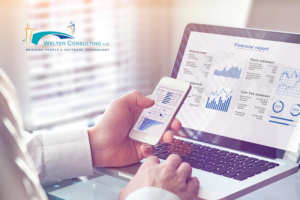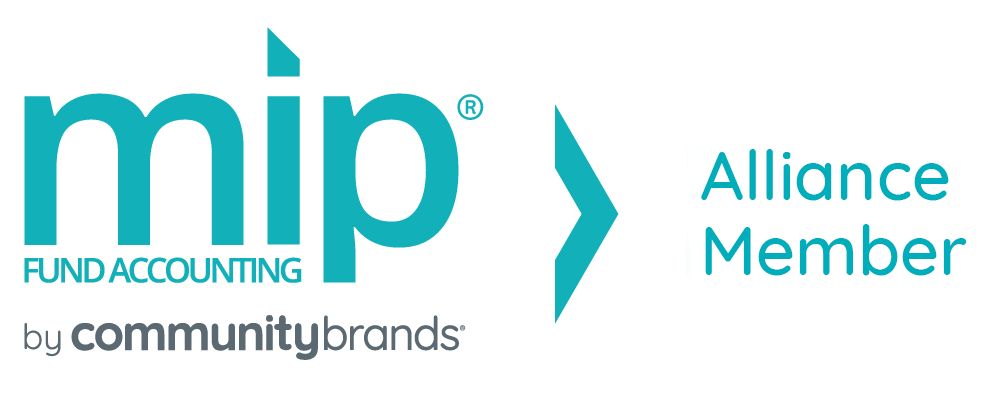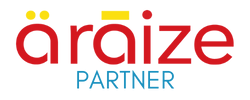Budgets provide the financial foundation upon which an organization must run all its activities. Without a budget, it is almost impossible to manage cash flow. Budgets provide structure, organization, and financial stability that helps you with strategic planning.
Although it’s possible to run a company or a nonprofit solely off cash flow without budgeting for specific activities, it makes planning for steady growth and new activities very difficult. Budgets serve as both guidelines and tools, helping organizations plan for activities, manage cash flow, and view expenses. Here, we’ll share with you the main types of budgets used by nonprofits, as well as discuss each section of the budget in greater detail. Lastly, we’ll talk about ways to manage nonprofit budgeting to make the process go smoothly.
Key Components of Nonprofit Budgets: Income (Revenue) and Expenses
We can break nonprofit budgets into two simple categories: income and expenses. Income refers to money coming into the organization, and expenses refers to the money the organization spends. All financial activities can be grouped under each category. The difference between income and expenses results in a surplus when the difference is positive (more income than expenses) or a loss or deficit (when expenses exceed income).
Source of Income
Your organization probably has several sources of income. Some of these income sources are unique to the nonprofit world. Typical sources of income include donations, program fees, membership fees, sales of products or services, grants, and special events.
Because nonprofits invest their income into their programs and services to fulfill their mission, they must track carefully where revenues come from and how they are spent. Sometimes, nonprofit income is tied to specific programs or activities. For example, donors may indicate they wish their donation to be used only for a specific program or added to the general operating fund. If the donation is intended for a specific program, the organization must ensure that they budget the funds or add them to the fund for that specific activity.
A good example is a nonprofit animal shelter. Many have “spay and neuter funds,” which are set up to pay for low-cost or free spay/neuter programs to address the surplus of homeless animals in the local community. If donors give to that program, the shelter must honor the donor’s wishes and ensure that the money is spent on that program. They cannot reapportion the funds for the general budget to pay for advertising, for example, or for salaries and wages; funds raised for a specific purpose must go to fulfill that purpose.
Another example of how nonprofit revenues must be tracked differently from for-profit income streams is grants. Grants are often given for highly specific purposes or to fund specific programs. Granting organizations often require careful accounting of how the funds are spent.
Importance of Diversifying Income
Although we spoke at length about two sources of income—donations and grants—nonprofits receive income from many places. They may sell products or charge a fee for services. They may receive donations of goods. Each of these income categories requires careful tracking and recording of the income received.
As in the for-profit world, smart nonprofits diversify their income as much as possible. It’s never a good idea to put all your eggs in one basket or rely solely on one channel for income. A nonprofit that relies on a single large grant to fund multiple program activities may be in deep trouble if the grant doesn’t continue, for example. A diverse income stream of donations, fees for services or goods, grants, and other sources of income ensures that even if trouble hits one category, it won’t jeopardize the entire budget.
Expenses
Expenses refers to everything your organization must spend money on to keep running: operational costs (overhead, utilities, telephone and internet expenses, professional fees, insurance), rents or licenses, fixed assets such as furniture and computers, marketing and sales, salary, and benefits. You must track all your expenses to ensure that you have a clear and detailed view of how your organization spends its money.
Once you track expenses, it becomes clear which categories are consuming the largest share of the budget. You can then take steps to either minimize this spend or manage it prudently. There are many areas where expenses can be cut without compromising the quality of the services you deliver. For example, you may be able to cut back on insurance expenses by shopping for and comparing different policies and coverages. Or you may find that hiring remote employees helps you keep rent costs low because you don’t need as large an office building. These are just examples of how expenses can be managed to keep them low.
The Most Common Types of Budgets Used by Nonprofits
There are many ways in which you can create a budget. If your organization has a budget in place, you may use that as a starting point each year and adjust income and expenses based on projections. You may also find that a new approach to budgeting is helpful.
The three most common types of budgets used by nonprofits include:
- Program-Based Budgeting: This approach is widely used by nonprofits as it aligns budget allocations directly with the organization’s programs and initiatives. It allows for clear tracking of resources allocated to each program, making it easier to assess the effectiveness and impact of those programs.
- Zero-Based Budgeting (ZBB): While not as prevalent as program-based budgeting, ZBB is still commonly used by nonprofits, especially those seeking to ensure maximum efficiency and accountability in resource allocation. ZBB encourages a thorough review of all expenses, promoting cost-conscious decision-making throughout the organization. Zero-based budgets start at zero each year, with budgets built from scratch. Each expense and income must be estimated from scratch based on current conditions.
- Outcomes-Based Budgeting: Nonprofits are increasingly adopting outcome-based budgeting to demonstrate the impact of their activities and investments. By linking budget allocations to desired outcomes or impacts, organizations can better prioritize resources and measure their effectiveness in achieving their mission.
Ready, Set, Budget! The Budgeting Process
Creating a good budget takes time. Leave at least several weeks to build your budget and, if you need to gain approval from your board or managers, time for review, feedback, revision, and final approval.
Depending on the type of budget you are building, there are several ways to begin the process. You’ll need to understand all the categories you have to account for in the income and expense areas. Gather the necessary information: previous years’ income statements and cash flows, sources of revenues, and the like, as well as expenses.
Determine a reasonable percent by which you think you can increase both income and expenses. It’s natural to hope for the best, but it’s better to conservatively estimate increased income. If you plan to increase income, will you need to spend more on specific activities, such as marketing and donor relationships, to achieve your goals? All of these must be considered as part of your strategic plan as well as the budgeting process.
Your organization’s accountant or bookkeeper is instrumental in the budgeting process. Schedule time to review income and expenses together. Then, connect with staff as needed to gather additional input.
A budget is a living document. Like a good strategic plan or marketing plan, adjustments should be made to it as the year progresses (it’s not a once-and-done activity). Schedule periodic budget reviews and make necessary adjustments to income projections or expenses as you need to ensure an end-of-year surplus that can be invested back into the organization’s mission. A quarterly review may be sufficient. Some organizations conduct budget reviews monthly, others quarterly or twice a year. At a minimum, an annual budget review and budgeting cycle are necessary for a healthy financial picture.
Tools to Make Budgeting Easier
There are several types of accounting software that can make nonprofit budgeting easier. Spreadsheets are frequently used but have several drawbacks. They must be manually updated and can grow to be quite complex depending on the number of programs you’re managing. They also lack good reporting functions.
Many small business software packages seem like they would be a good step up, but these also have several drawbacks. While they can automate many tasks and produce good reports like balance statements, cash flows, and similar reports, they may require extensive customization to track income and expenses by program, or track donation information. They are not built for the unique requirements of nonprofit accounting.
Nonprofit accounting software is built specifically for nonprofit budgeting. There are packages for nonprofits and government accounting, so you start with a system designed with your specific income and expense needs in mind. Some offer cloud or browser-based versions, which make it easy for remote employees and auditors to log into the system to perform the work.
Welter Consulting
Whether you are new to nonprofit budgeting or highly experienced at it, if you need assistance choosing your budgeting method, selecting nonprofit accounting software, or moving from spreadsheets or another software to a new nonprofit-specific accounting platform, contact Welter Consulting. We are happy to help.
Welter Consulting bridges people and technology together for effective solutions for nonprofit organizations. We offer software and services that can help you with your accounting needs. Please contact us for more information.








Recent Comments